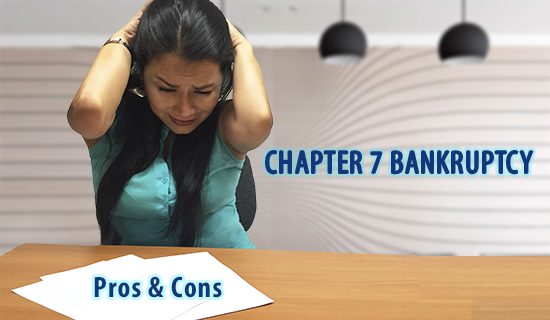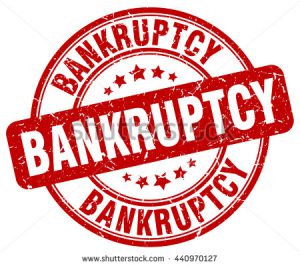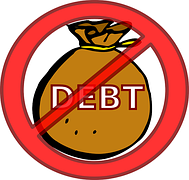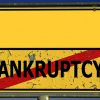Chapter 7 Bankruptcy – Pros & Cons

Nobody wants to file for bankruptcy, but if negotiation and debt settlement are not enough to resolve your financial crisis, you may have no other alternative.
Declaring bankruptcy means you have come to the end of your financial rope and have no means to pay any existing debts. Bankruptcy should only be considered as a last resort.
Aside from the good and bad points to consider before filing any bankruptcy, there are also pros and cons regarding which Bankruptcy Chapter is best for you. Here’s some information about Chapter 7 bankruptcy, the most commonly filed bankruptcy by individuals.
The good news about filing for Chapter 7 bankruptcy:
- There is no minimum or maximum limit to the amount of debt you can erase.
- All unpaid balances are erased after your assets are distributed (“discharged’ in bankruptcy terminology).
- Any wages you earn or property you acquire, with the exception of inheritances, after the bankruptcy filing date belongs solely to you, not your creditors or the bankruptcy court.
- Bankruptcy cases are often resolved in about 3-6 months. This means you are relieved of the burden of debt rather quickly.
However, there are some definite downsides to filing Chapter 7 bankruptcy:
- You must liquidate all property that is non-exempt. You will get to keep your clothing and usually your house and car (depending on your state’s laws and your personal situation), but nearly everything else you own will be sold by a court appointed trustee to pay your creditors.
- Some debts survive bankruptcy, meaning that they can still be collected after your bankruptcy case is closed. An example is mortgage liens.
- If you are facing foreclosure on your home, filing Chapter 7 bankruptcy will temporarily stall the foreclosure, but it will not stop it.
- Co-signors of a loan can be stuck with your debt unless they also file for bankruptcy.
- You can file this type of bankruptcy only once every 8 years.
- Your credit rating will be severely damaged by filing Chapter 7 bankruptcy. It usually lowers your score by 200-250 points. This negative entry stays on your credit report for 7-10 years; thereby making it extremely difficult for you to qualify for new loans and credit for the next 3-4 years.
- You may not be able to buy or rent a home or a car. Qualifying for unsecured loans like credit cards will be difficult.
- Filing bankruptcy can influence the status of your security clearance if you don’t inform your employer about your bankruptcy status and the reasons why you’ve filed for bankruptcy.
- Chapter 7 bankruptcy does not eliminate all debt. Back taxes, student loans, child support, alimony/spousal support and a few other debts cannot be eliminated through bankruptcy. If you are looking to get rid of these kinds of debts, you should avoid bankruptcy and speak to a tax or legal professional.
- Know that creditors/lenders may repossess property. Thirty days after your bankruptcy case ends, any creditors whose debts have not been discharged can sue you for the debt if you are behind on your payments. If you have reaffirmed your home and car loans and kept the property, you are not relieved of the personal responsibility to pay on the mortgage or the loan, and the liens remain on the property.
- Not all retirement plans are protected from bankruptcy. Depending on your state’s exemption laws, your 401ks, IRAs, government pension, Social Security or other retirement plan may be tapped to repay your debts during Chapter 7 bankruptcy.
 Thoroughly Analyze Your Situation and Compare Options
Thoroughly Analyze Your Situation and Compare Options
The most important thing is to analyze your own personal financial situation, compare all consumer debt solutions, including debt settlement and debt consolidation, in order to choose the best resolution for your financial situation.
Bankruptcy is intended for those in serious financial hardship. Before making any decision, speak with a qualified, licensed professional and find out if bankruptcy is the best option for you. Learn more from the FTC’s Filing for Bankruptcy: What to Know.



 Login
Login






